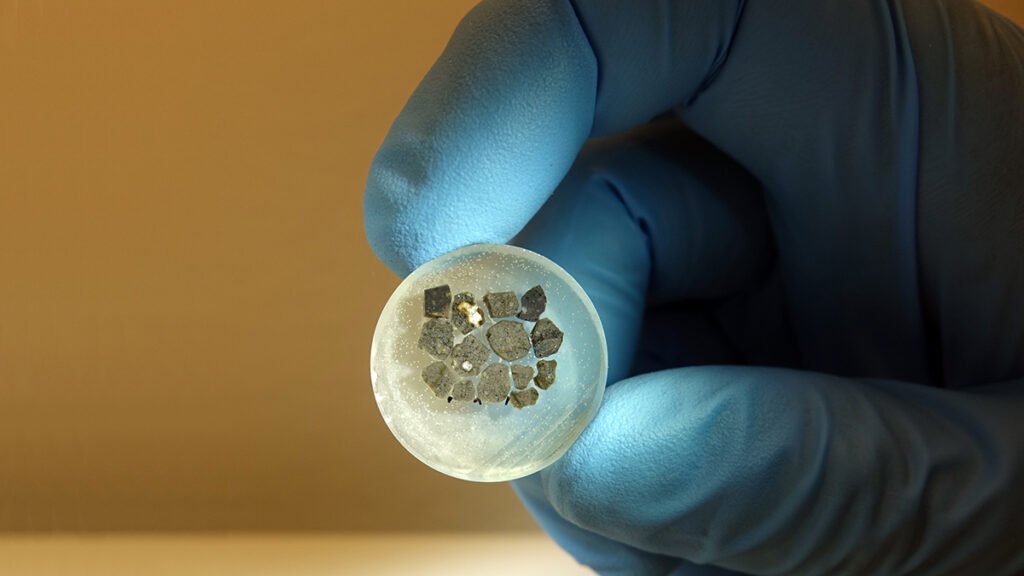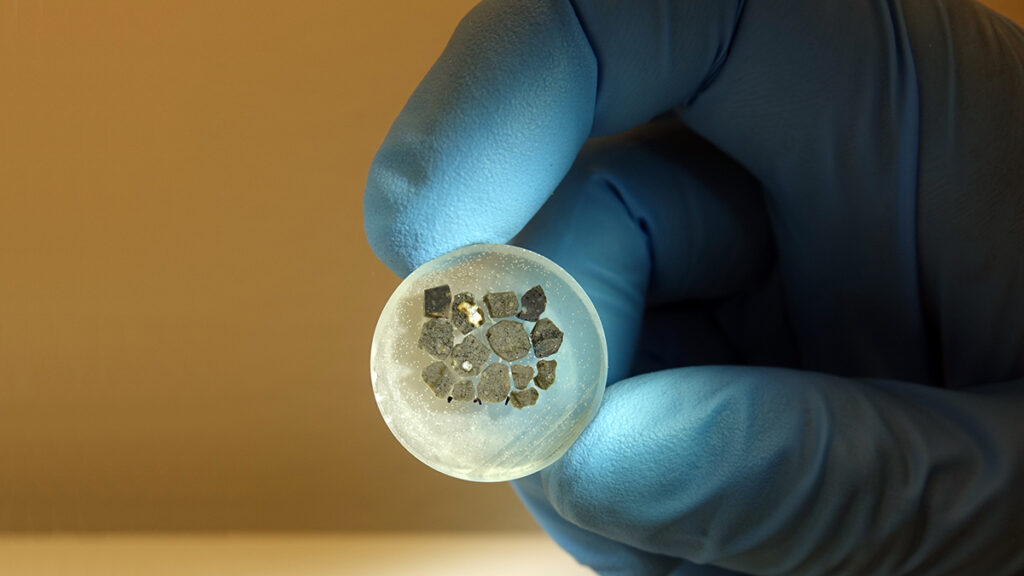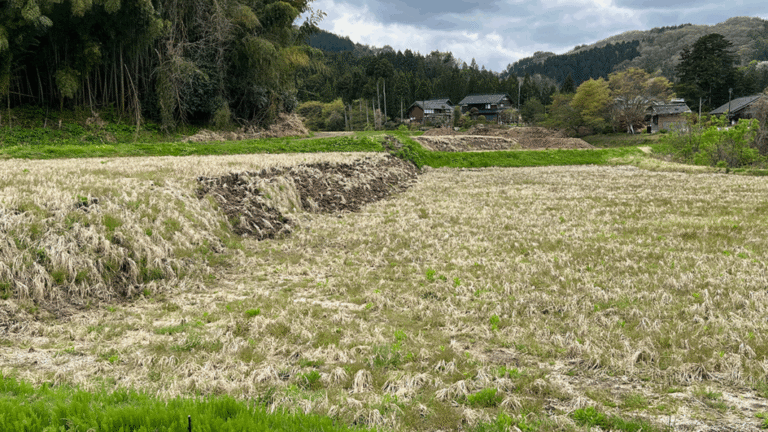

A sizable asteroid impact generally obliterates anything alive nearby. But the aftermath of such a cataclysm can actually function like an incubator for life. Researchers studying a Finnish impact structure found minerals whose chemistry implies that microbes were present roughly 4 million years after the impact. These findings, which were published in Nature Communications last month, shed light on how rapidly microscopic life colonizes a site after an asteroid impact.
A Special Lake
Finland is known for its myriad lakes used by boaters, fishers, swimmers, and other outdoor afficionados. Lake Lappajärvi is a particularly special Finnish lake with a storied past: Its basin was created roughly 78 million years ago when an asteroid slammed into the planet. In 2024, the United Nations Educational, Scientific and Cultural Organization (UNESCO) established a geopark in South Ostrobothnia, Finland, dedicated to preserving and sharing the history of the 23-kilometer-diameter lake and the surrounding region.
“It’s one of the places where you think that life could have started.”
Jacob Gustafsson, a geoscientist at Linnaeus University in Kalmar, Sweden, and his colleagues recently analyzed a collection of rocks unearthed from deep beneath Lake Lappajärvi. The team’s goal was to better understand how rapidly microbial life colonized the site after the sterilizing impact, which heated the surrounding rock to around 2,000°C (3,632°F).
There’s an analogue between this type of work and studies of the origin of life, said Henrik Drake, a geochemist at Linnaeus University and a member of the team. That’s because a fresh impact site contains a slew of temperature and chemical gradients and no shortage of shattered rocks with nooks and crannies for tiny life-forms. A similar environment beyond Earth would be a logical place for life to arise, Drake said. “It’s one of the places where you think that life could have started.”
Microbe-Sculpted Minerals
In 2022, Gustafsson and his collaborators traveled to Finland to visit the National Drill Core Archive of the Geological Survey of Finland.
There, in the rural municipality of Loppi, the team pored over sections of cores drilled from beneath Lake Lappajärvi in the 1980s and 1990s. The researchers selected 33 intervals of core that were fractured or shot through with holes. The goal was to find calcite or pyrite crystals that had formed in those interstices as they were washed with mineral-rich fluids.
“It’s amazing what we can find out in tiny crystals.”
The team used tweezers to pick out individual calcite and pyrite crystals from the cores. Gustafsson and his collaborators then estimated the ages of those crystals using uranium-lead dating and a technique known as secondary ion mass spectrometry to calculate the ratios of various carbon, oxygen, and sulfur isotopes within them. Because microbes preferentially take up certain isotopes, measuring the isotopic ratios preserved in minerals can reveal the presence of long-ago microbial activity and even identify types of microbes. “We see the products of the microbial process,” Drake said.
“It’s amazing what we can find out in tiny crystals,” Gustafsson added.
The researchers also used isotopic ratios of carbon, oxygen, and sulfur to estimate local groundwater temperatures in the distant past. By combining their age and temperature estimates, the team could trace how the Lake Lappajärvi impact site cooled over time.
A Slow Cool
Groundwater temperatures at Lake Lappajärvi had cooled to around 50°C (122°F) roughly 4 million years after the impact, the team found. That’s a far slower cooling rate than has been inferred for other similarly sized impact craters, such as Ries Crater in Germany, in which hydrothermal activity ceased after about 250,000 years, and Haughton Crater in Canada, where such activity lasted only about 50,000 years.
“Four million years is a very long time,” said Teemu Öhman, an impact geologist at the Impact Crater Lake–Lappajärvi UNESCO Global Geopark in South Ostrobothnia, Finland, not involved in the research. “If you compare Lappajärvi with Ries or Haughton, which are the same size, they cooled way, way, way faster.”
That difference is likely due to the type of rocks that predominate at the Lappajärvi impact site, Gustafsson and his collaborators proposed. For starters, there’s only a relatively thin layer of sedimentary rock at the surface. “Sedimentary rocks often don’t fully melt during impact because of their inherent water and carbon dioxide content,” Drake explained. And Lappajärvi has a thick layer of bedrock (including granites and gneisses), which would have melted in the impact, sending temperatures surging to around 2,000°C, earlier research estimated.
About 4 million years after the impact is also when microbial activity in the crater began, according to Gustafsson and his collaborators. Those ancient microbes were likely converting sulfate into sulfide, the team proposed. And roughly 10 million years later, when temperatures had fallen to around 30°C (86°F), methane-producing microbes appeared, the researchers surmised on the basis of their isotopic analysis of calcite.
In the future, Gustafsson and his colleagues plan to study other Finnish impact craters and look for similar microbial features in smaller and older impact structures. In the meantime, the team is carefully packaging up their material from the Lappajärvi site. It’s time to return the core samples to the Geological Survey of Finland, Drake said. “Now we need to ship them back.”
—Katherine Kornei (@KatherineKornei), Science Writer
Citation: Kornei, K. (2025), A flash, a boom, a new microbe habitat, Eos, 106, https://doi.org/10.1029/2025EO250388. Published on 17 October 2025.
Text © 2025. The authors. CC BY-NC-ND 3.0
Except where otherwise noted, images are subject to copyright. Any reuse without express permission from the copyright owner is prohibited.






